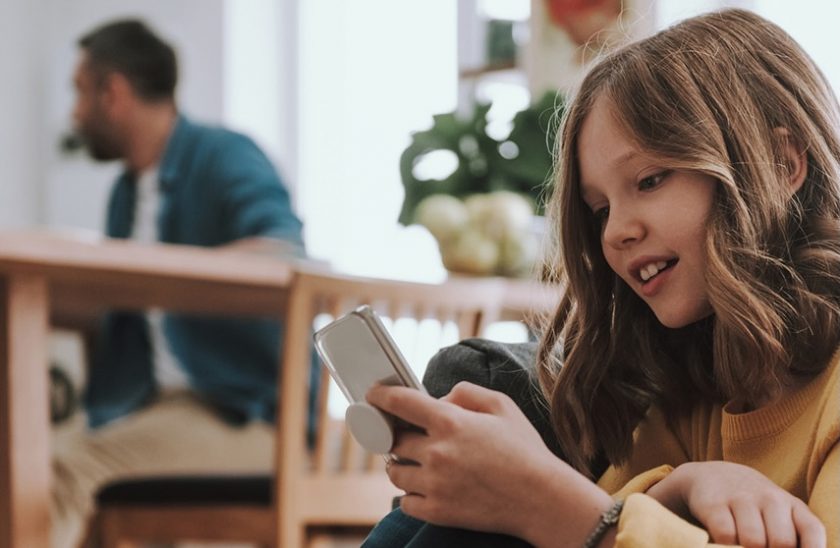A third of children have false social media age of 18+

A third of children aged with a social media profile has an adult user age after signing up with a false date of birth, according to research commissioned by the regulator, Ofcom.
To understand the extent to which children are bypassing age assurance measures on social media platforms such as Facebook, YouTube, Instagram, Snapchat, TikTok, Twitter, research has been carried out to estimate the proportion of children that have online profiles with ‘user ages’ that make them appear to be older than they actually are.
Online profiles with user ages of 16+ and 18+ are the point at which some platforms grant access to certain features and functionalities which they prevent younger children from accessing due to the potential for harm enabled by these.
These can include the ability to use direct messaging when aged 16, and the ability to see adult content when aged 18
The research found that the majority of children aged between 8 and 17 (77%) who use social media now have their own profile on at least one of the large platforms.
And despite most platforms having a minimum age of 13, the research suggests that 6 in 10 (60%) children aged 8 to 12 who use these platforms are signed up with their own profile.
Among this underage group (8 to 12s), up to half had set up at least one of their profiles themselves, while up to two-thirds had help from a parent or guardian.
Why does a child’s online age matter?
When a child self-declares a false age to gain access to social media or online games, as they get older, so does their claimed user age.
This means they could be placed at greater risk of encountering age-inappropriate or harmful content online.
Once a user reaches age 16 or 18, some platforms, for example, introduce certain features and functionalities not available to younger users – such as direct messaging and the ability to see adult content.
Research findings suggest that almost half (47%) of children aged 8 to 15 with a social media profile have a user age of 16+, while 32% of children aged 8 to 17 have a user age of 18+.
Among the younger, 8 to 12s age group, the study estimated that two in five (39%) have a user age profile of a 16+ year old, while just under a quarter (23%) have a user age of 18+.

Anna-Sophie Harling, from Ofcom, told BBC News the way social media platforms categorised users by age had a “huge impact” on the content they were shown.
She cited the recent Molly Russell inquest: “That was a very specific case of harmful content that had very detrimental impacts and tragic outcomes on a family in the UK.
“When we talk about potentially harmful content to under-18s, it’s content that might have more significant negative consequences for under-18s because they’re still developing.
“When children are repeatedly exposed to images and videos that contain certain images, they’re then essentially led to act in different ways or to think differently about themselves or their friends.”
Ms Harling said the age categorizations were meant to be “one of the main ways” in which platforms protected the safety of their users.
“If we want to get serious about protecting children online, we need to make sure that platforms have a way to find out exactly how old those users are,” she said.
“We need to work both with parents and young people, but also platforms, to make sure that the ages at which those accounts are set are done in an accurate way.”
Spotted something? Got a story? Email: [email protected]
Latest News
